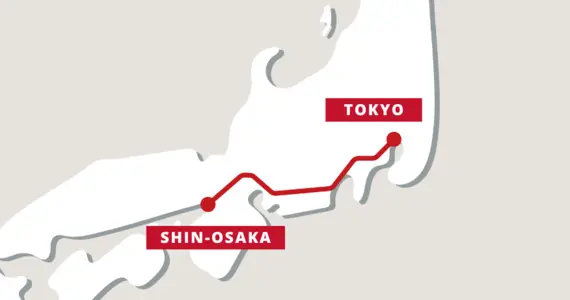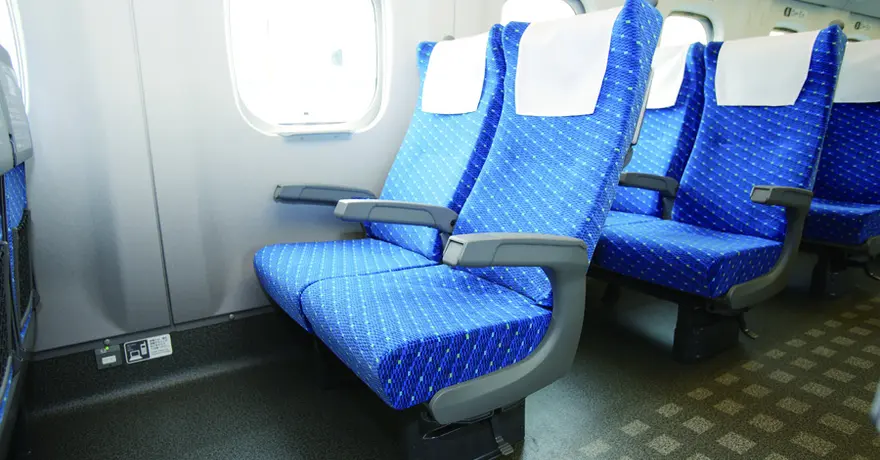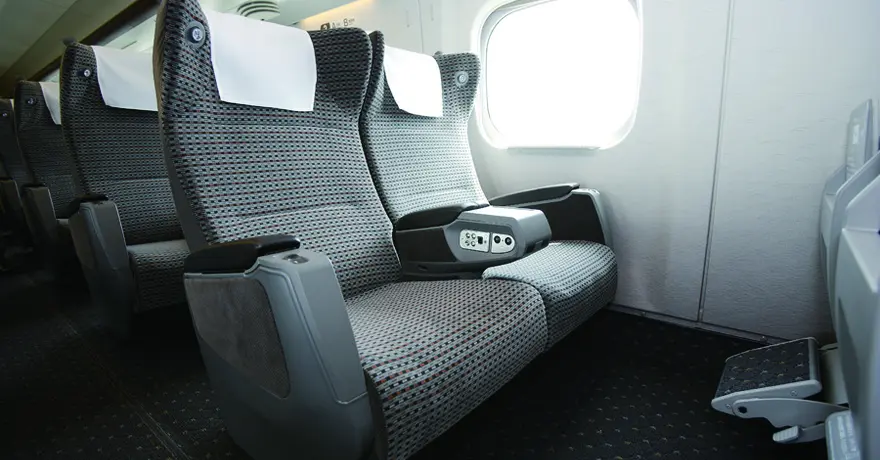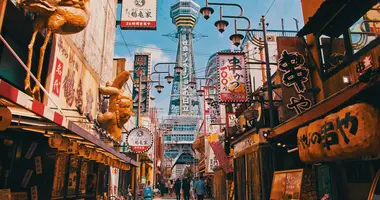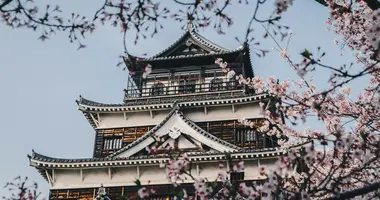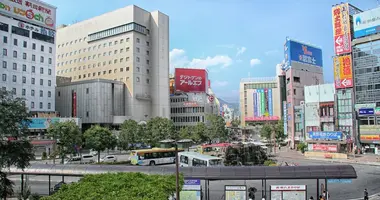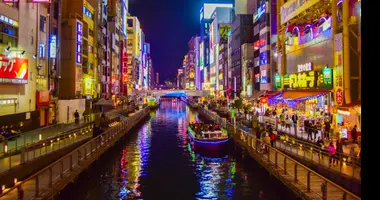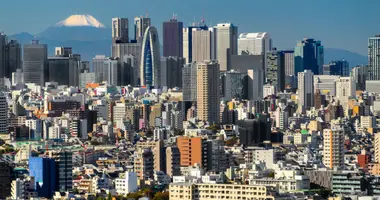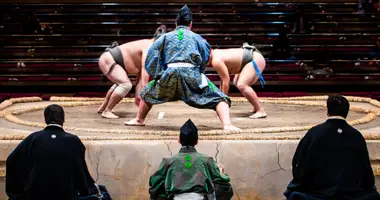Train Tickets from Osaka to Tokyo
Official train tickets seller
Choose your preferred seat
7/7 Assistance
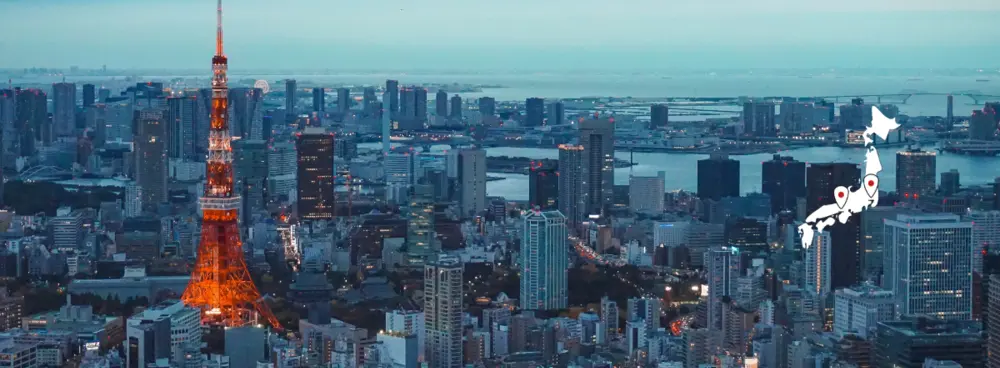
Travel conditions
Ticket type
Passenger information
Seating options
Buy your train tickets in Japan in 3 easy steps
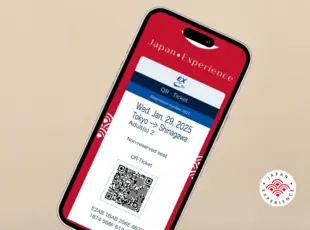
Choose and buy your train tickets for your preferred travel date
Receive your e-ticket one month before departure
Scan your e-ticket in train stations in Japan
Trains in Japan: what does it look like?
What our customers say about us
Travel advice from our Japan train expert
Traveling by train in Japan
Japan has a highly developed rail system that serves as a very practical way to get around, both locally and across the country. As a result, both locals and tourists often find themselves using trains almost every day, whether it's their local lines or the famous Shinkansen bullet trains. For those visiting Japan for the first time, the importance of train travel during their trip is likely something they think about.
Even though train travel is very common in Japan, there are a few things that first-time visitors should know or prepare for before they hop on board. This is true even for those coming from countries where train travel is already a big part of life.
Why are trains so popular in Japan?
Japan's rail system is considered one of the best in the world. Riding the train in Japan can be described in three words: efficient, fast, and clean. Until you actually experience it, it's hard to imagine just how easy and incredibly convenient it is to travel by train in Japan. Even with millions of passengers using the rail system every day, the trains are always clean, punctual, and well-maintained. For many people, this might seem like a dream compared to the train services in their own countries.
There are numerous factors contributing to this amazing railway system, but it mainly boils down to Japan's dependence on imported fossil fuels, which led the nation to invest significantly in its train transportation network. Since the late 1800s, Japanese train companies have been constructing lines to transport people and goods efficiently from one place to another, and because of this extensive network, cities started to develop around train stations. While much of Western urban development has centered on car-based infrastructure, Japan has largely expanded its urban areas around train stations. In most Japanese cities, you'll find that train stations serve as the economic and demographic hubs of the area.
By making the right investments in its train system, Japan has successfully established one of the most dependable, speedy, and safe rail networks globally!
Shinkansen Information
The Tokaido Shinkansen, which connects Osaka and Tokyo, is well-known for its efficiency and speed. Covering a distance of approximately 550 kilometers (345 miles), this high-speed train makes stops at major cities like Nagoya. The journey typically takes around 2 hours and 20 minutes, allowing passengers to witness the changing landscapes from Osaka in the Kansai region to Tokyo in the Kanto region. Departing from Shin-Osaka Station, the trains arrive in Japan's capital at Tokyo Station.
Different types of available Shinkansen
There are three types of Shinkansen trains to choose from when traveling from Osaka to Tokyo: Hikari, Kodama, and Nozomi. Hikari trains make fewer stops and complete the trip in about 2 hours and 40 minutes. Kodama trains stop at more stations, resulting in a journey time of a little over 3 hours and 30 minutes from Tokyo to Osaka. The Nozomi is the fastest option, operating as an express service, but it comes at a higher cost. It's important to note that all Nozomi Shinkansen trains require reserved seats.
Regardless of the train type, passengers can enjoy reclinable seats, overhead storage, power outlets, and more onboard. Traveling by Shinkansen from Osaka to Tokyo ensures both efficiency and comfort. It is recommended to research all seat and car options to book a train ticket that suits your travel needs.
How to get to Shin-Osaka Station
Shin-Osaka, the main train station in Osaka, is situated in Higashi-Yodogawa ward. It is well-connected to various local public transportation lines operated by JR, serving both the Osaka metropolitan area and the wider Kansai region. Additionally, the Midosuji and Osaka East Line subway lines make stops at Shin-Osaka. With these convenient transportation options, you can easily travel to Shin-Osaka from the other major rail stations in the city, namely Osaka-Umeda and Namba. Furthermore, Shin-Osaka station serves as a departure and arrival point and has stops for multiple bus lines.
Where to go from Tokyo Station
Tokyo Station is centrally located in Tokyo and serves as a major hub for various public transportation lines. It is the primary station for Shinkansen trains in Tokyo, facilitating both arrivals and departures. Tokyo Station is serviced by multiple JR lines, including the Yamanote, Chuo, Keiyo, and Sobu lines. The Marunouchi subway line, along with several bus lines and airport transfer options, also has stops at Tokyo Station. These extensive transportation networks enable seamless travel within Tokyo, the wider metropolitan area, as well as the surrounding prefectures and regions.
